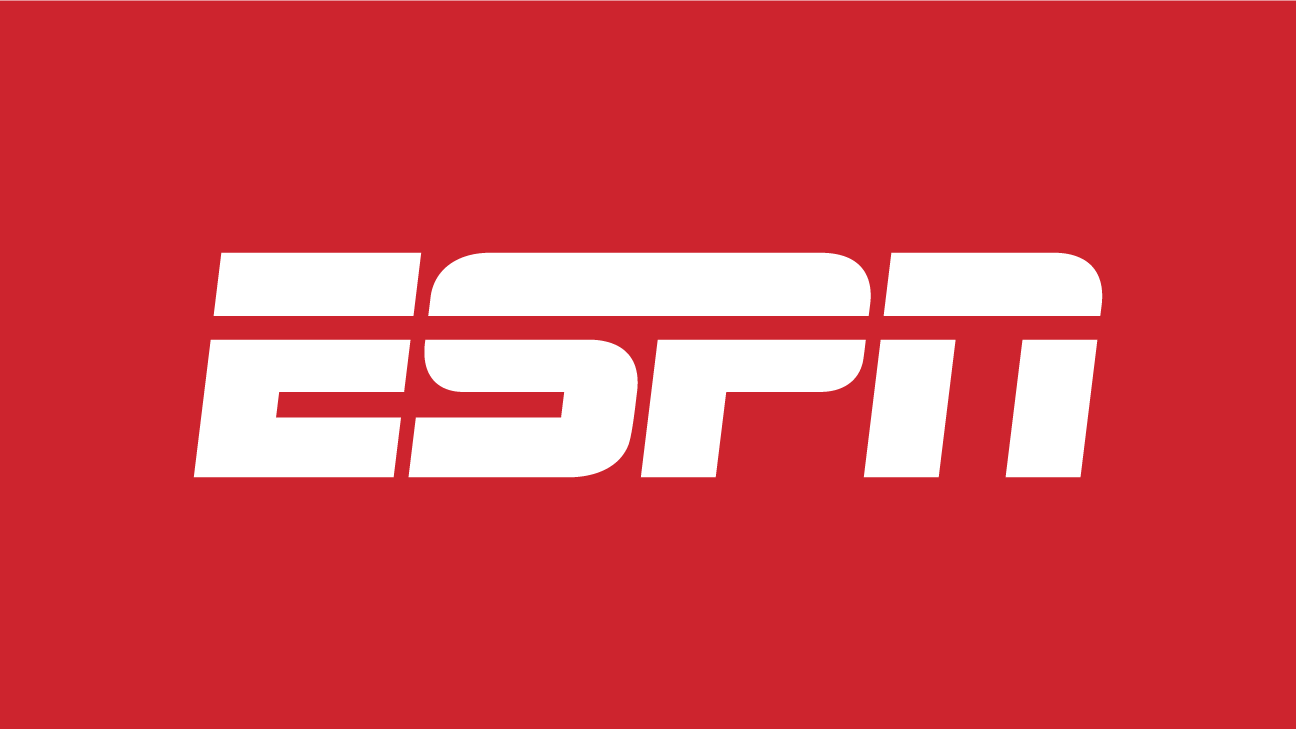Supercars is confident it will avoid another year dogged by accusations of unfair advantage after a review of its parity testing process.
Ford’s new Mustang has dominated the 2019 championship, winning 21 races.
The accusations that the new model has an aerodynamic advantage over its Holden and Nissan rivals has led to multiple adjustments being ordered throughout the season.
That was despite the Mustang being ticked off by the competition officials after off-season testing at the end of last year.
Supercars chief executive Sean Seamer said those in-season changes had gone a long way to levelling the field but admitted it was a priority to avoid a similar situation next year.
“You always think you’ve done a great job until you realise you could have done it better,” Seamer said on Saturday at the Sandown 500.
“That’s the reality of the situation. We’ve learnt from it – we’ve adapted.
“If you look at the times out there today, those cars are extremely close. You look at any other category in the world, they’d love to have their cars as close as they were out there.
“It’s not bad but we can be better.”
Supercars will test models in early December for next year’s championship using revamped protocols including VCAT testing that will involve variable ride heights.
What will not happen is testing at a wind tunnel in the United States, which Seamer says is “cost prohibitive”.
“We’ve had positive input from both the teams and the manufacturers, both here and in the US, that the process that we’re going through at the end of this year is as good as you can do in Australia without a wind tunnel,” he said.
Kelly Racing’s decision to move from four Nissan Altimas to two Mustangs next year means the championship will revert to a two-manufacturer series.
Seamer was comfortable for a Holden-Ford duopoly but said, going forward, he would like to attract at least two new manufacturers to the grid when “Gen3” car and regulations are rolled out in 2022.
Supercars will also look to create a fan council involving up to 12 people drawn from social media and regular race attendees to provide feedback on proposed changes.
Seamer said it was hoped the council would meet quarterly throughout the year once formed.
